Introduction
The dispute between conventional and contemporary office interiors has gained steam in the ever-changing arena of modern work environments. Understanding the various characteristics and benefits of each is critical for businesses looking to establish an efficient and friendly workplace. This blog seeks to unearth the intricacies of conventional and modern office space designs, providing insights to assist organisations in making informed choices that correspond with their goals and support a thriving work culture.
What Defines a Modern Office?
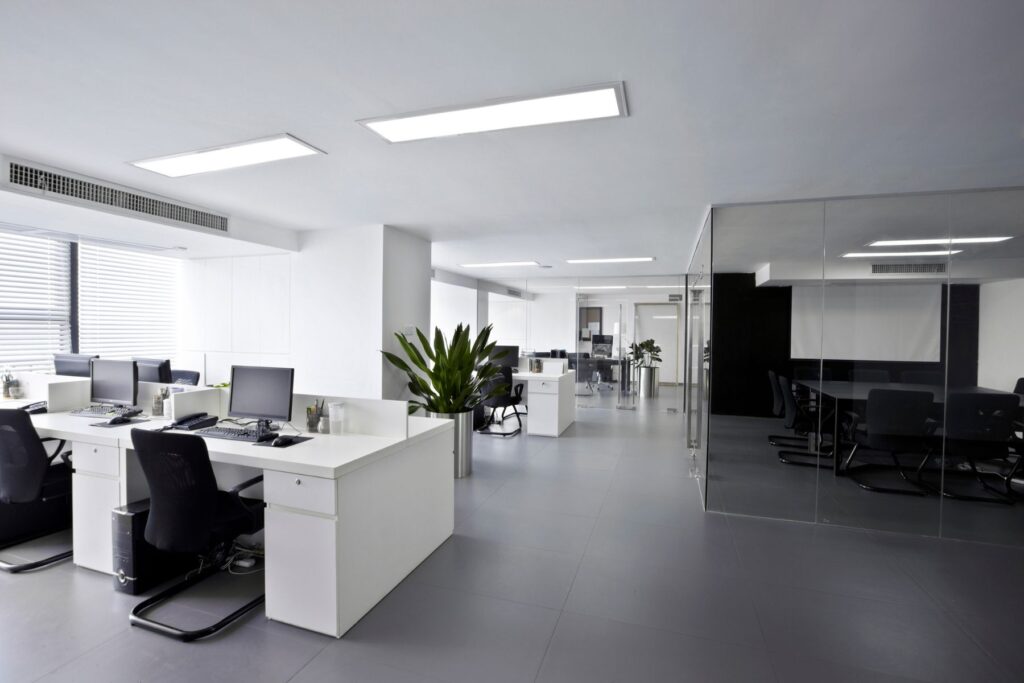
A modern office is more than just a physical space; it represents a dynamic ecosystem comprising the work culture and aesthetics, with cutting-edge technologies, fostering collaboration and prioritising the well-being of employees.
- Technology integration: Modern offices are characterised by the seamless integration of modern technology comprising artificial intelligence, cloud computing, and data-driven tools, which facilitate efficient workflow management, real-time communication, and empowering employees to work smartly.
- Flexibility and remote accessibility: With the rise of remote work, modern offices emphasise flexibility, allowing employees to work from various locations while maintaining seamless access to essential resources and communication channels.
- Emphasis on Collaboration and Creativity: By embracing open layouts, shared workplaces, and interactive meeting areas, modern offices create a collaborative and creative work atmosphere. These designs encourage spontaneous idea-sharing, cross-functional collaboration, and the development of a culture that appreciates varied viewpoints and inventive thinking.
Embracing the Advantages of Modern Workspaces
- Focuses on employee well-being & productivity: By adopting wellness programmes and offering ergonomic equipment, the office prioritises employee well-being, ensuring a comfortable and supportive work environment.
- Incorporates natural lighting and ergonomic furniture: The office strives to create a healthier and more comfortable workspace by maximising natural light and providing ergonomic workstations, increasing employee satisfaction and productivity.
- Wellness rooms and recreational areas: Employees can take advantage of dedicated wellness rooms for relaxation and meditation, as well as recreational places for mental refreshment and creative outlets.
- Open layouts and collaborative spaces: Employees may easily communicate, share ideas, and collaborate by removing typical cubicle boundaries, promoting an innovative atmosphere. Collaborative spaces, outfitted with comfy furniture and whiteboards, promote a dynamic and inclusive work environment by encouraging spontaneous talks and idea generation.
Exploring Traditional Offices
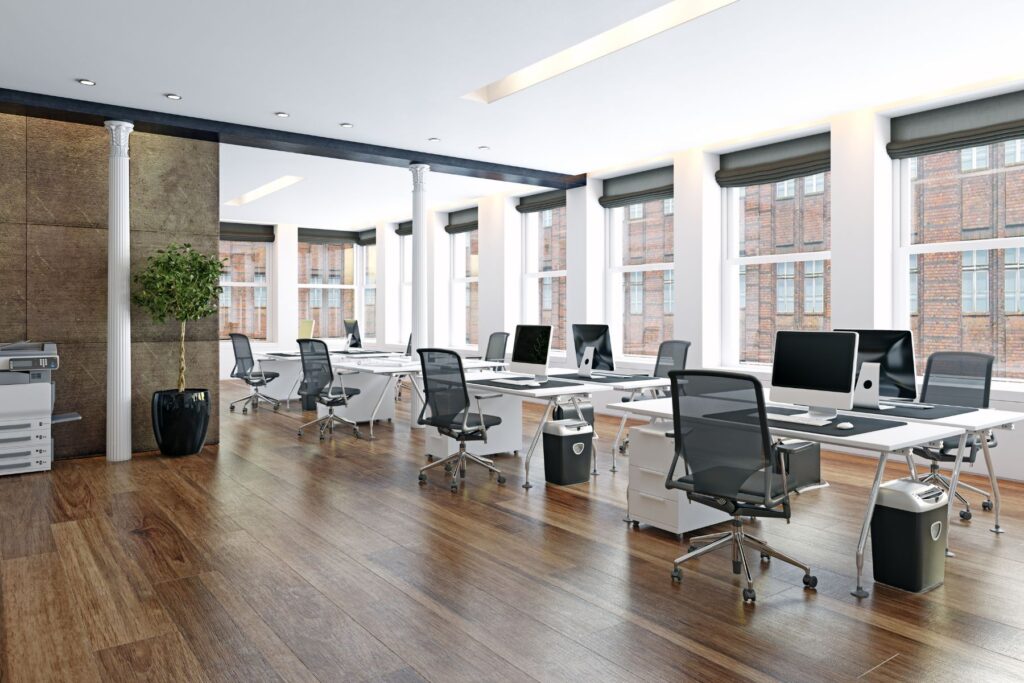
Traditional offices have long been a pillar of business culture, providing distinct places for professional interactions and operations. While their historical relevance and the essential ideas they express have varied over time, understanding their historical significance and the foundational principles they embody sheds light on the transformation of work environments and their long-term impact on organisational dynamics.
- Understanding Traditional Office Spaces
Traditional office layouts are often hierarchical, with assigned workstations and formal meeting places. They frequently prioritise individual privacy and concentrated work, providing employees with consistency and predictability. Understanding the layout and design concepts of traditional offices is critical for understanding their role in establishing discipline and routine in the workplace.
- Unveiling the Strengths of Traditional Offices
Traditional offices provide a structured setting that encourages employees to be disciplined, focused, and professional. They create designated locations for focused work, formal meetings, and hierarchical communication, fostering organisational stability and order. The importance of traditional offices in creating a professional ambience suitable for repetitive activities, concentrated labour, and formal interactions within a corporate setting is highlighted.
The Role of Technology in Modern Office Design
- Smart workplaces: By integrating IoT (Internet of Things) devices and sensors, smart workplaces can be created, optimising energy usage and increasing employee comfort and productivity.
- Virtual and Augmented Reality (VR/AR): Using VR and AR technology in workplace design can improve training programmes, enable virtual meetings, and provide immersive experiences for staff and clients.
- Wireless Connectivity: Integrating wireless connectivity seamlessly ensures that employees may simply connect their devices, enabling mobility and flexibility in the workplace.
- Implementing technology-driven tools such as ergonomic furniture, adjustable standing workstations, and wellness applications contributes to a healthier and more productive workplace.
Understanding the Shift: Modern Office Spaces vs. Traditional Work Environments
| Aspect | Modern offices | Traditional offices |
| Layout & design | Open floor plans, collaborative spaces | Closed workstations, formal meeting rooms |
| Communication | Emphasis on digital communication tools | Reliance on in-person and phone communication |
| Work environment | Flexibility, casual, and employee-centric | Structured, formal, and hierarchical |
| Technology & integration | Integrated smart systems and IoT devices | Limited technological integration |
| Collaboration | Emphasis on teamwork and cross-functional collaboration | Individual focus and departmental segregation |
| Employee engagement | Focus on work-life balance and employee well-being | Emphasis on adherence to organisational hierarchy and protocols |
| Flexibility & adaptability | Agile work arrangements and remote work options | Fixed schedules and limited flexibility |
Key Considerations in Office Space Selection
- Location & Accessibility: Select a convenient site for employees and clients with close accessibility to transportation hubs and critical amenities.
- Space Layout & Flexibility: Choose a layout that fits different work styles, encourages cooperation, and allows for future growth or contraction.
- Infrastructure and Technology: Ensure the availability of dependable infrastructure, high-speed internet, and cutting-edge technology to support your company’s operational demands.
- Cost-Efficiency: Consider the whole cost, including rent, utilities, and maintenance, to verify that the chosen space fits within your budget and financial objectives.
- Amenities and Services: Look for office premises that include convenient amenities like parking, security, food options, and recreational facilities to improve employees’ entire work experience.
Future-Proofing Your Office Space with the Market of India
Our Market of India, located within a well-connected integrated township, provides prime location advantages with cutting-edge technology, enabling your seamless connectivity and access to modern resources adapted to your commercial needs:
- Wi-fi enabled shops
- State-of-the-art technology
- 24/7 security surveillance
Discover our extensive ancillary services, including expertly tailored loading and unloading solutions designed to complement and enhance your commercial operations.
Wrapping Up
In today’s dynamic landscape, choosing between classic and modern office spaces remains a pivotal decision for businesses. Traditional offices provide solitude and structure, but modern settings encourage collaboration and invention. Striking a balance between the two or choosing a hybrid approach can help firms build a workspace that supports productivity, employee satisfaction, and organisational success while aligning with their distinct culture.
FAQs
1. What benefits do modern office spaces provide to businesses?
Modern office environments encourage collaboration, innovation, and adaptation. They allow a variety of work styles, promote employee involvement, and use technology to improve productivity and communication.
2. Which businesses are better suited to traditional office spaces?
Traditional office spaces may be ideal for businesses prioritising individual activities, sensitive information handling, and a formal corporate structure. Traditional configurations may also be preferred in industries with stringent regulatory constraints and concerns about secrecy.
3. Which businesses benefit most from modern office spaces?
Businesses that value innovation, collaboration, and a dynamic work culture flourish in modern office settings. Startups, technology businesses, and creative industries frequently find modern workspaces conducive to their collaborative and flexible work styles.



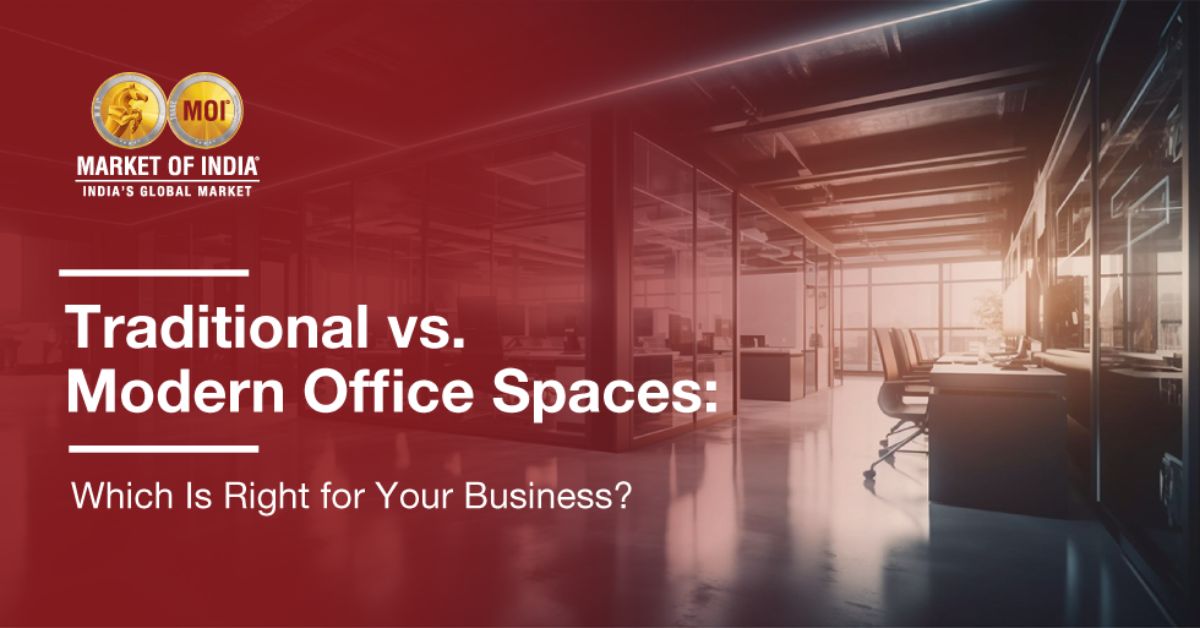
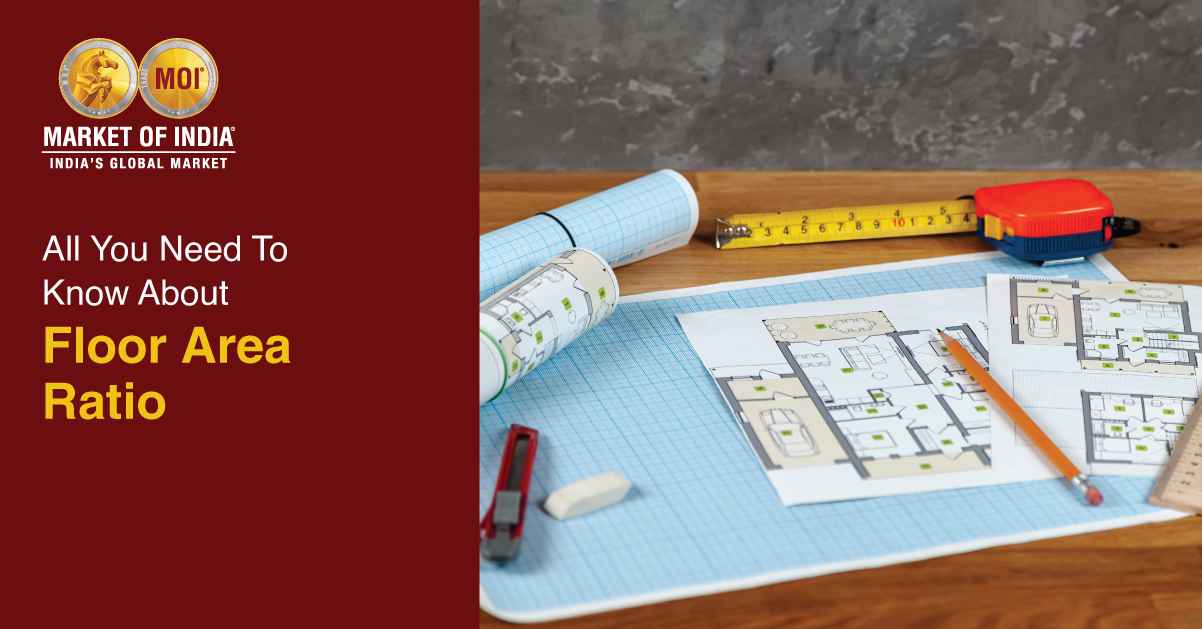


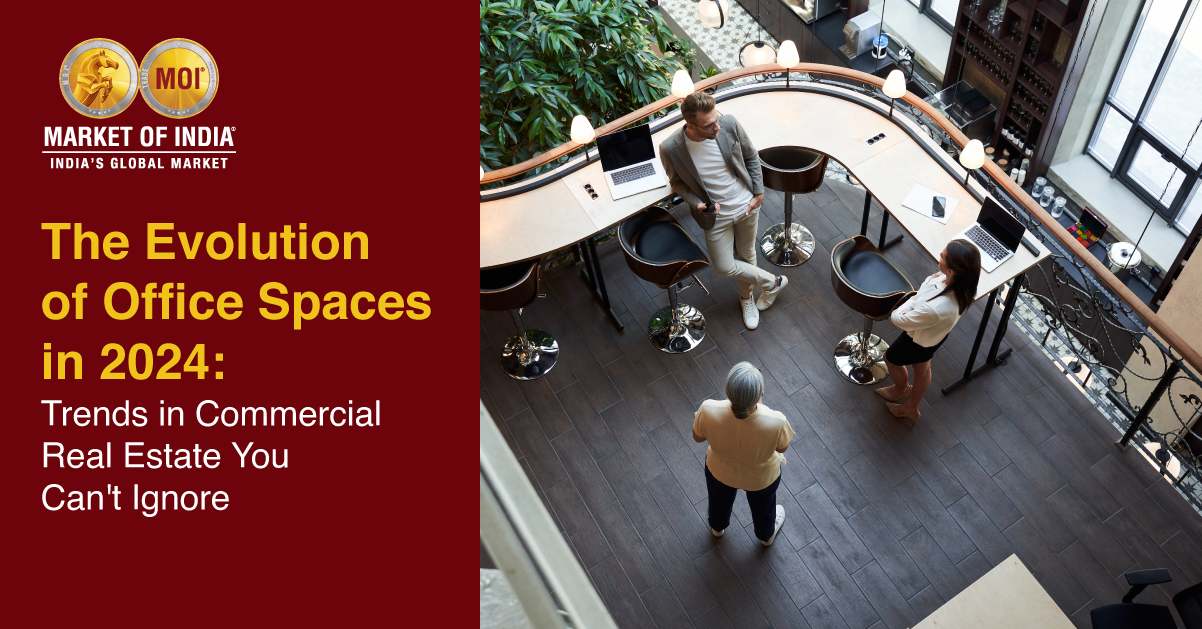

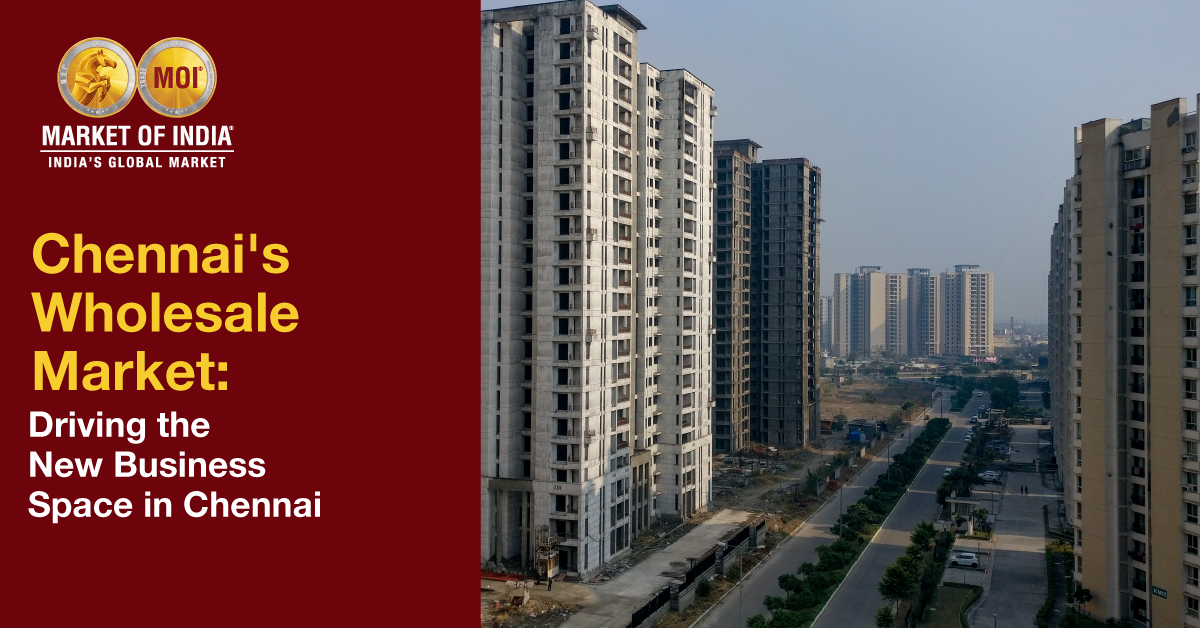

0 Comments